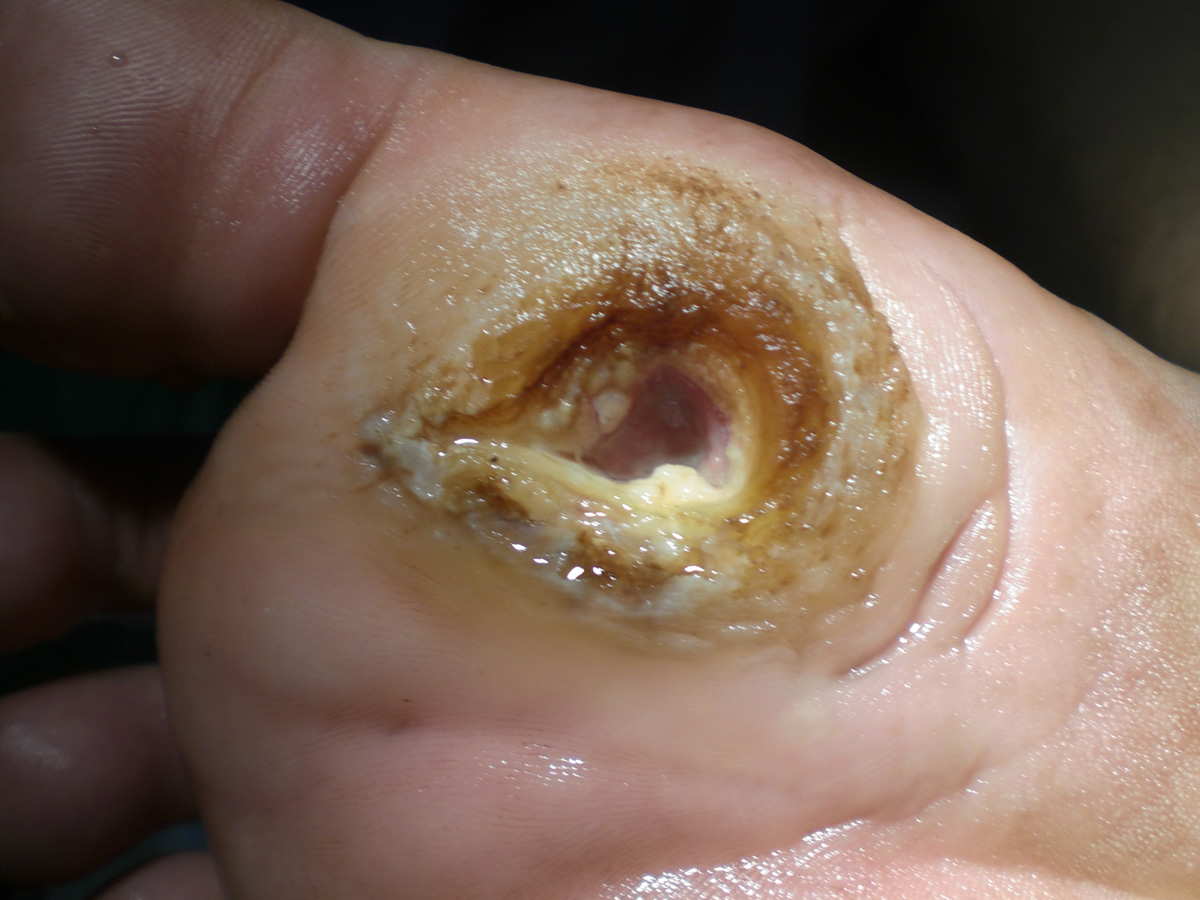
Diabetes mellitus is the disease associated with the elevated blood sugar. It can be caused by the genetically predisposed lack of the insulin or by the body unresponsiveness to insulin. Untreated diabetes may cause severe health complications, one of which is the neuropathy (or more precise neuropathicdisorders).
Diabetes damages the blood vessels, causing micro- and macro-vascular injuries, leading to diabetic neuropathy. Conditions commonly caused by diabetic neuropathy are: mononeuropathy, mononeuropathy multiplex, amyotrophy, third nerve palsy, polyneuropathy and autonomic and thoracoabdominal neuropathy.
There are several factors included in the development and progress of the neuropathy in diabetic patients, including: microangiopathy, protein kinase C, glycosylated proteins and increased levels of sorbitol and reactive oxygen radicals.
Symptoms
Diabetes damages all peripheral nerves and because of that can affect all organs and systems in the body. There are no specific symptoms associated with diabetic neuropathy, and a patient may experience many various symptoms. In most cases, first signs of peripheral neuropathy are numbness and tingling in the fingers and/or toes, or any other part of the limbs.
People affected by diabetic nephropathy may also experience burning, or electric pain, gradual decrease of sensations in some parts of the body (dysesthesia), drooping of the mouth, face or eyelids, swallowing difficulties or speech problems.
Some patients can suffer from muscle weakness, involuntary muscle contractions (fasciculation), diarrhea, urinary problems and dizziness and vision problems. Diabetic patients may also experience various sexual problems, such as impotence, erectile dysfunction or anorgasmia.
Cranial neuropathy is associated with third nerve palsy, and is characterized by the frontal or pain behind the eyes and also diplopia (vision problems). If the neuropathy involves thoracic or lumbar spine nerves patient’s symptoms might resemble heart attack, appendicitis or cholecystitis (inflammation of the appendix and gall bladder).
Treatment of Diabetic Neuropathy
The therapy can’t do much about the cause of the diabetic neuropathy, but can only manage the blood glucose level and relieve some of the symptoms and the pain. The FDA (Food and Drug Administration) has approved only duloxetine and pregabalin for the treatment of diabetic neuropathy. Localized symptoms can also be treated with patches of lidocaine.
The most commonly used medications are tricyclic antidepressants (TCAs), like: imipramine, amitriptyline, desipramine and nortriptyline. These drugs are efficient, but their use is connected to severe heart-related side effects, especially in high doses.
Serotonin reuptake inhibitors (SSRIs) fluoxetine, paroxetine, sertraline and citalopram are also used in the treatment of diabeticneuropathy.
Antiepileptic medications, especially gabapentin and pregabalin also have the role in the diabetic neuropathy treatment, sometimes combined with other drugs, like amitriptiline.
Pain killers like opioids and non-steroidal anti-inflammatory drugs (NSAIDs) are used to treat the diabetic neuropathy pains. Some newer treatments might include: alpha lipoic acid, methylcobalamain, C-peptide, TENS (transcutaneous electric nerve stimulation) or photo energy therapy.

















Your thoughts on this
Loading...